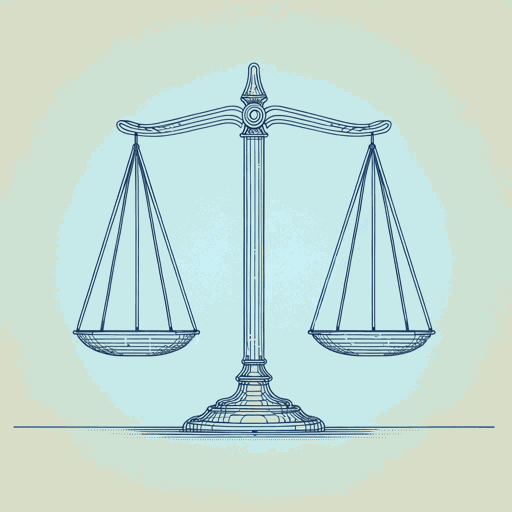44 pages • 1 hour read
Mary L. DudziakCold War Civil Rights: Race and the Image of American Democracy
Nonfiction | Book | Adult | Published in 2000A modern alternative to SparkNotes and CliffsNotes, SuperSummary offers high-quality Study Guides with detailed chapter summaries and analysis of major themes, characters, and more.
Themes
The Growth of Civil Rights Activism
Dudziak’s main thesis hinges on the idea that “there was a strategic reason for social change” (8) based in Cold War foreign policy. Still, she views civil rights activists as active agents of change, rather than passively reacting to the federal government’s attempts to improve the United States’ international image when it came to minority rights. Cold War Civil Rights thus also highlights the growth of grassroots civil rights activism within the United States.
In particular, Dudziak focuses on the efforts of African American activists like W. E. B. DuBois and Malcolm X to court international opinion and put pressure on the United States government through the United Nations. The activists, and the African American community as a whole, took an active role in United States politics. It was the African American community, along with activists such as NAACP, who may have helped secure the election of President Truman (24-26). It was also the demands of civil rights activists for greater equality that led to the civil rights reform victories of the 1960s (251). Dudziak also calls attention to the impact of the African American activist strategy of “nonviolent civil disobedience” (154) in both calling for national and international attention.

